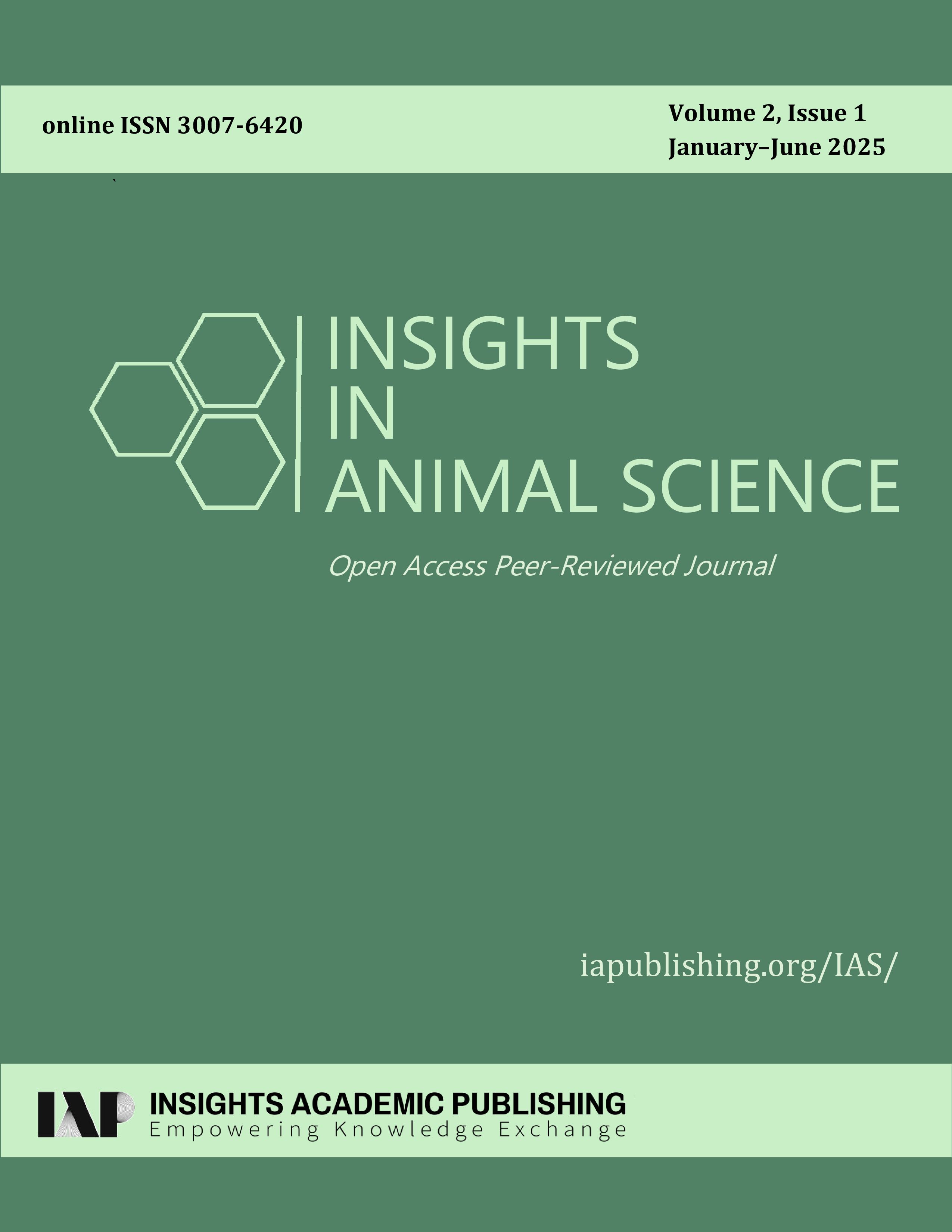Abstract
This study evaluated the laying performance and egg characteristics of 36 hens over a four-week period, comprising 12 hens each of the naked neck (Na), normal feathered (N), and Isa Brown (IB) strains, which laid 46, 58, and 34 eggs, respectively. One-way ANOVA revealed that Na and N hens consumed significantly (p ≤ 0.05) less feed (1586.11 ± 62.75 g). Notably, N hens exhibited superior feed efficiency for egg mass (24.29 ± 5.30), a higher egg number to 28 days (5.50 ± 0.58), and greater hen-day production (19.05 ± 2.19%). Conversely, IB and Na hens produced eggs with significantly (p ≤ 0.05) better quality traits. Although total egg protein content was similarly high in the indigenous hens (Na and N) compared to IB, eggs from N hens contained significantly (p ≤ 0.05) higher magnesium levels. Furthermore, eggs from indigenous hens were rated significantly better in terms of mouthfeel than those from IB hens. Overall, the indigenous chickens, particularly the N strain, demonstrated superior performance for most of the evaluated parameters, indicating their potential for enhancing laying performance and egg quality in poultry production.

This work is licensed under a Creative Commons Attribution 4.0 International License.
Copyright (c) 2025 Dr. Ugwumba C. Isaac, Favour C. Udechukwu , Ogechukwu M. Edeh, Chukwunweike Okonkwo, Chidera N. Onuekwe , Favour A. Ezeja , Dr. Emmanuel U. Ewa (Author)

